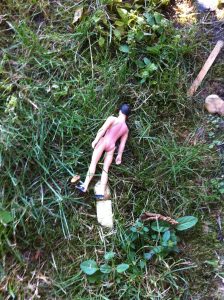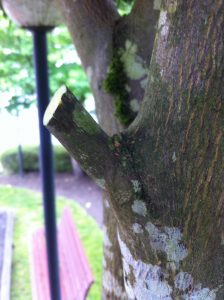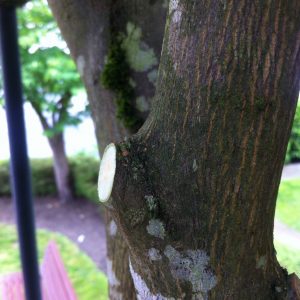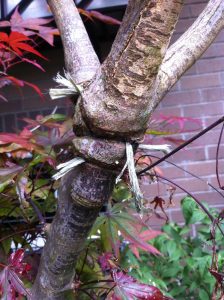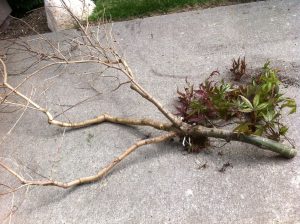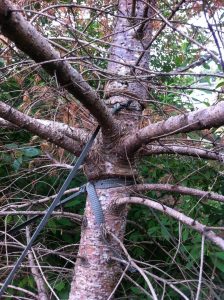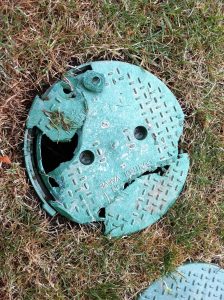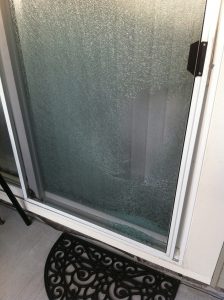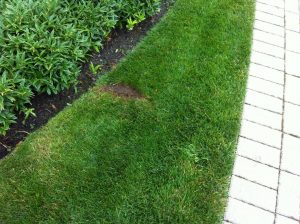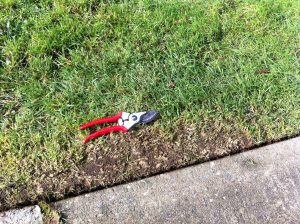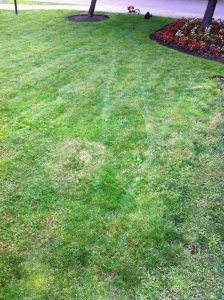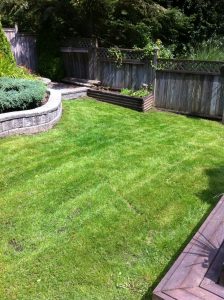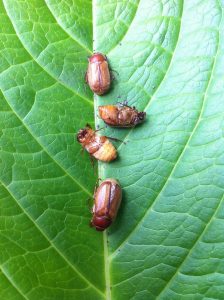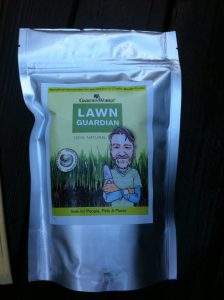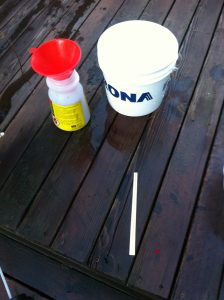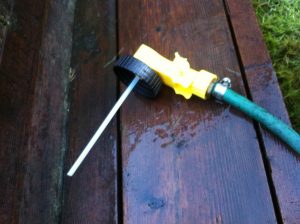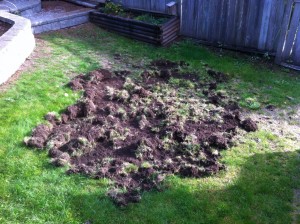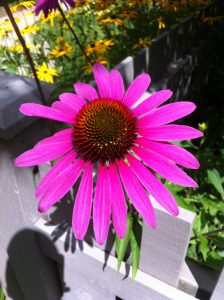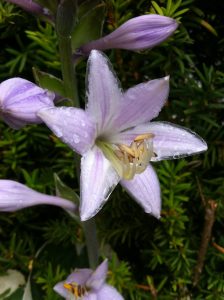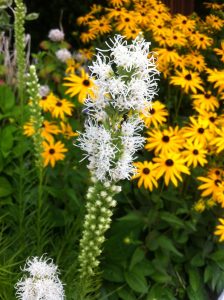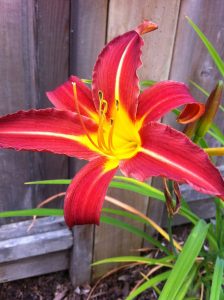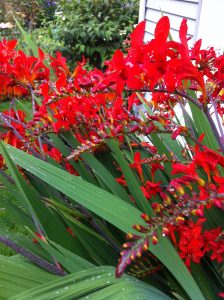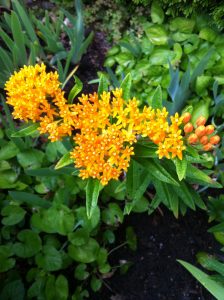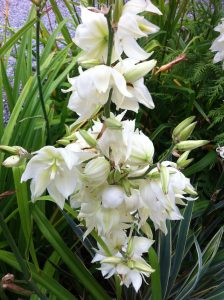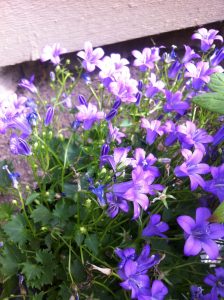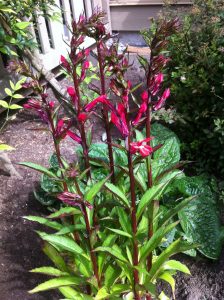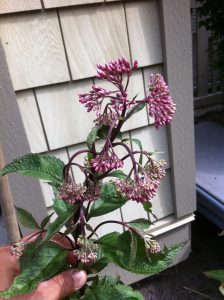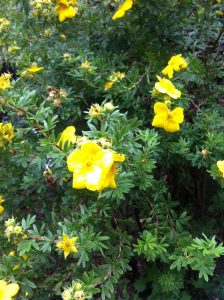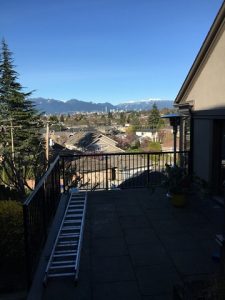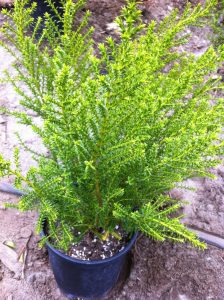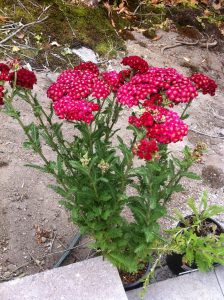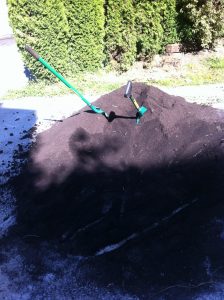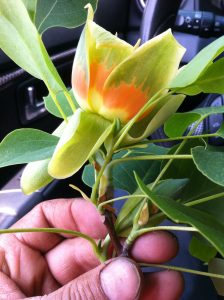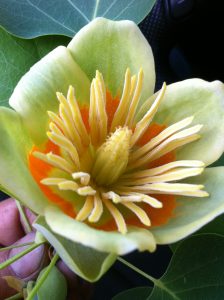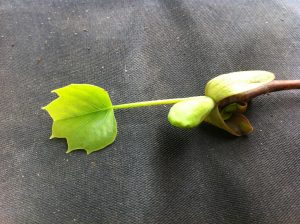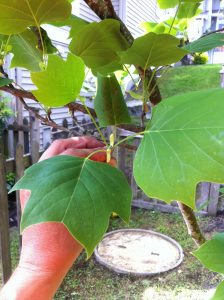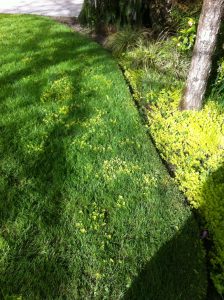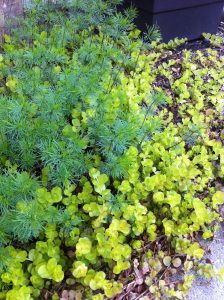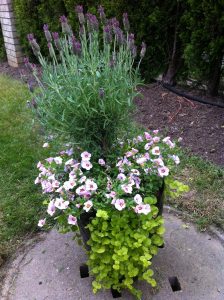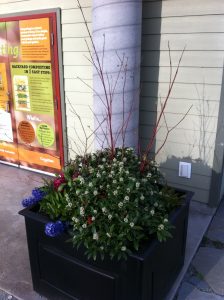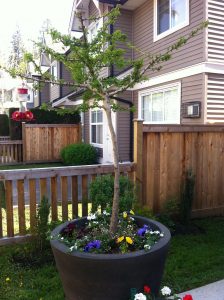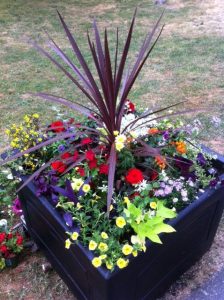Landscape company owners seem to keep their original 01 trucks around forever. They should be retired but somehow there is always some use for them. I was thinking about this when I showed up for work on a recent Saturday at a company we won’t name. I knew this particular 01 beast was nasty. It couldn’t accelerate, nor climb any hills; and it either didn’t brake or the wheels locked. Shifting to 2 on a steep Burnaby uphill still only got you 35-40 km/h speeds and lots of angry motorists behind you. Luckily they were all obscured in clouds of diesel exhaust.
The boss informed me that he had driven it during the week and it was fine. “Just don’t follow anyone closely, drive slowly and pump the brakes before attempting to brake.” Great. Just what I wanted to hear. The truck needs to get serviced but who has the time during a busy week. Can the company even afford to take it out of circulation?
This just leads to stress. Stress I don’t need. Or want.
One night I had a dream. As I stood in the shop, this same boss handed me the keys to a never-used 2017 truck. I smiled. Then I woke up.
Sadly, I’ve experienced many other 01 trucks over the years. One pick-up truck has wobbly steering and door locks that don’t work. The tail gate no longer opens and it’s just as well. The pins holding the tail gate in place are bent so when it’s down, it slips out. Not fun.
Getting it stolen would be a welcome relief to its owner. But there is lots of nostalgia, too. This was the original 01 beast which started everything. It was there in the first trenches. Now it’s mainly used to shuttle mowers. And for how long?
Sometimes driving a 01 beast is a test. One former employer had a 01 pick-up with a heavy metal box on it. It required very frequent gas station visits. I think I wore out the metal strip on my Petro points card. This beast wouldn’t accelerate. I still remember gunning it at the bottom of the snake hill in Port Moody, afraid the truck would slow down to a crawl. When new employees survived their tests, they were in.
I have given up. Landscape workers must get used to having these original 01 antique trucks around. They will never die.




